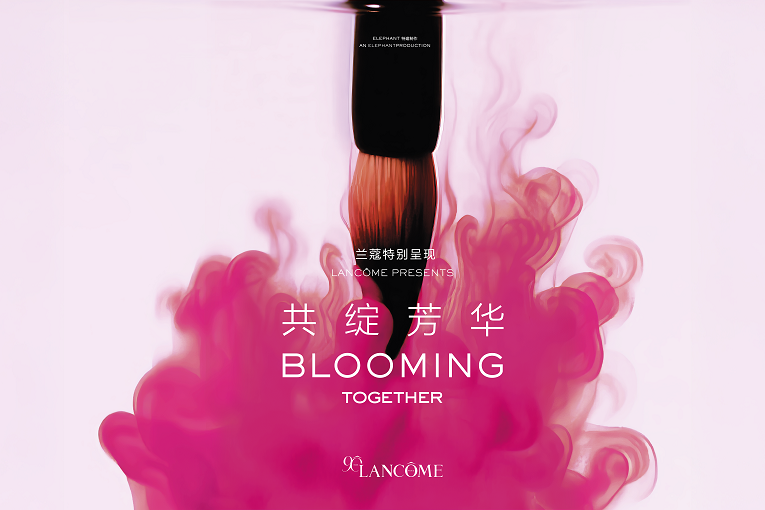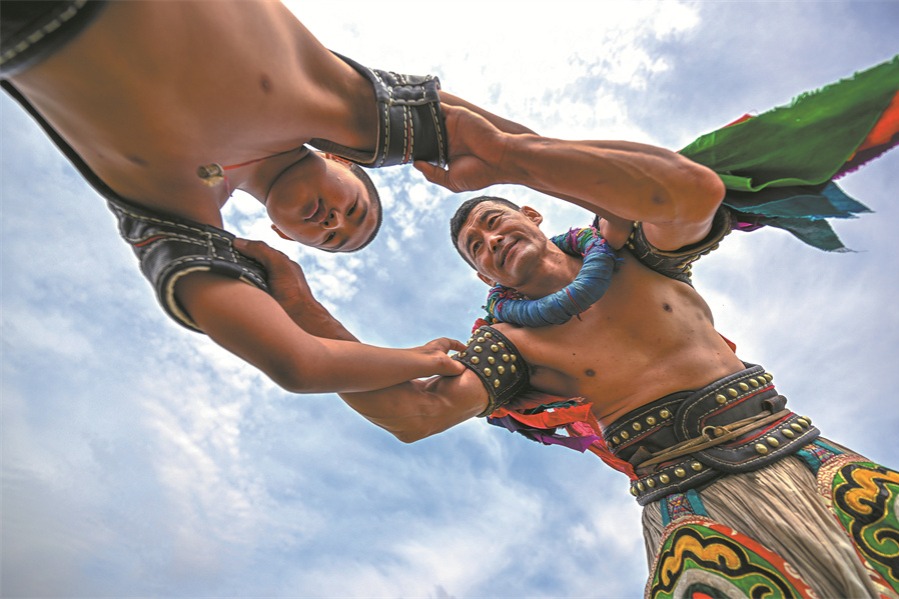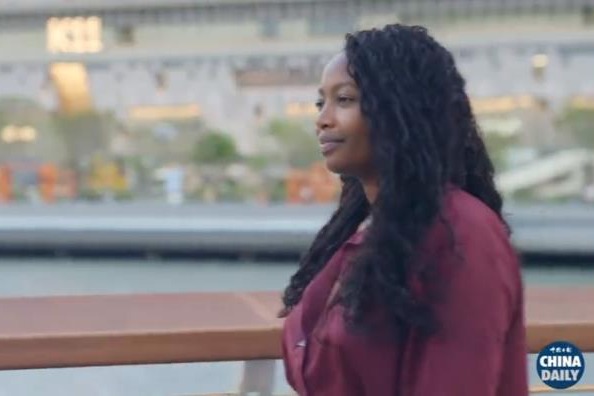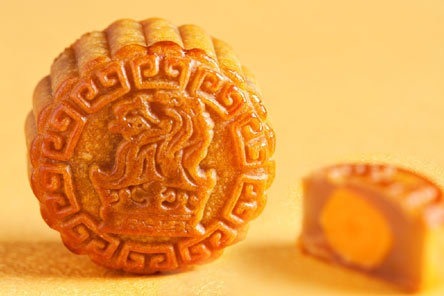Youth seek sports rehab services

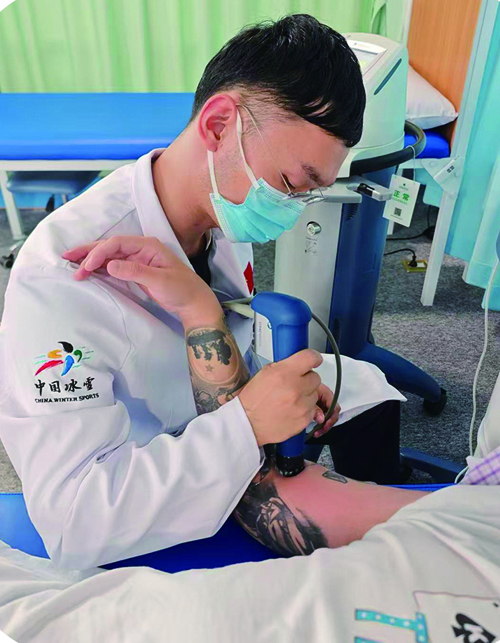
Tailored therapy
According to Shen Li, a rehabilitation therapist at a private hospital in Beijing, sports rehabilitation therapy generally includes three modules: instrument-based pain relief, manual techniques to release muscles and fascia, and exercise training to strengthen specific muscle groups.
Shen was among the first students enrolled in the sports rehabilitation department at BSU in 2008.
The department was established to support the Beijing Olympics, with the goal of systematically training professionals with expertise in both sports science and clinical rehabilitation. Around that time, universities across China began creating similar programs to cultivate talent in this field.
However, many people remain unclear about the field, often asking how manual techniques to release muscles differ from traditional massage therapy.
"Massage institutes and spas often follow a set routine, using the same techniques for everyone without personalization," Shen explained. "By contrast, sports rehabilitation starts with an assessment before treatment, making the process more precise."
More importantly, sports rehabilitation combines both active and passive approaches. "Relying solely on manual therapy may relieve pain temporarily, but the risk of recurrence is higher," Shen said. "Adding exercise training strengthens the relevant muscles and prolongs the effect."
This is also why some patients jokingly call rehabilitation therapists "fitness coaches" and hospitals "gyms", Shen added.
Jin sees this as part of a broader trend of integrating sports and medicine.
Although the concept has been around for nearly a decade, it has only gained wider recognition and practice in recent years.
"Sports are good medicine, and exercise is a remedy," he said. "Through active training, many health issues can be healed. Sports rehabilitation not only restores physical function but also helps relieve anxiety and stress in modern life."
According to Jin, the surge in demand for sports rehabilitation is largely driven by young people's desire for "physical and mental balance", which in turn has fueled the development of the industry.
While sports rehabilitation centers are now popular in megacities like Beijing and Shanghai, residents of smaller towns still have "limited awareness and spending power" in this area, Jin noted.





















